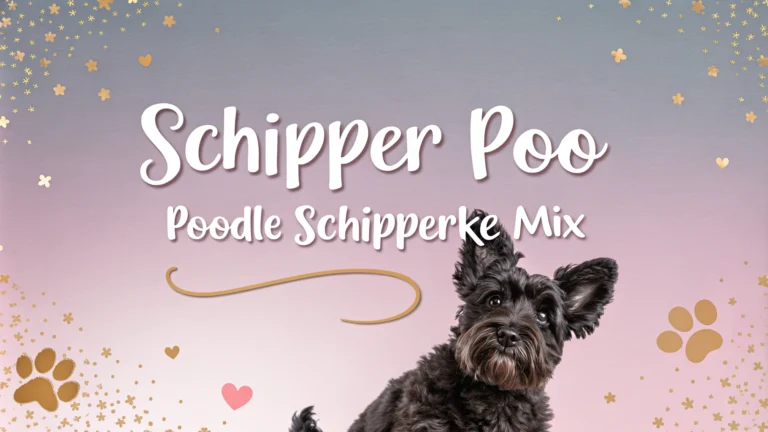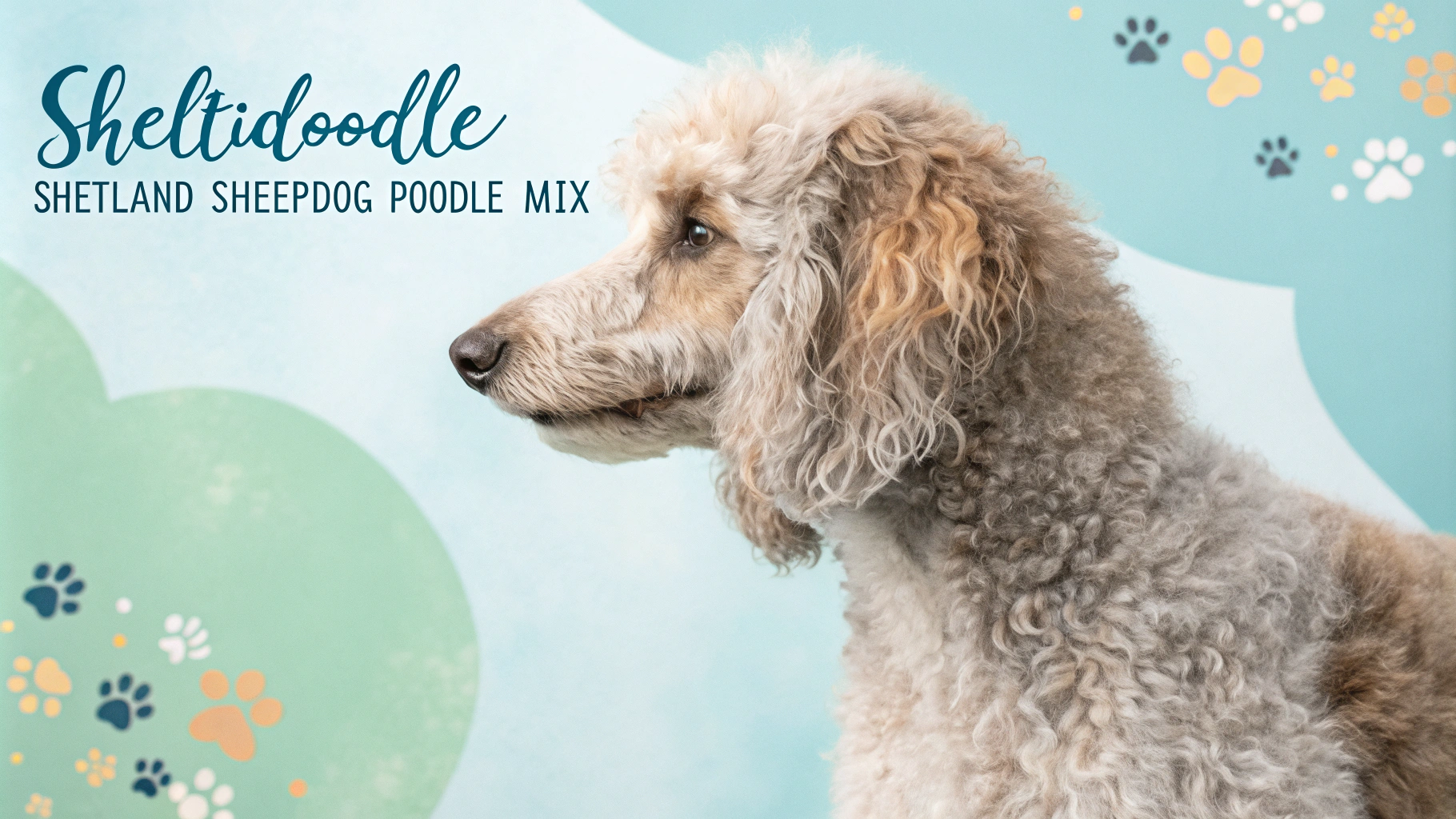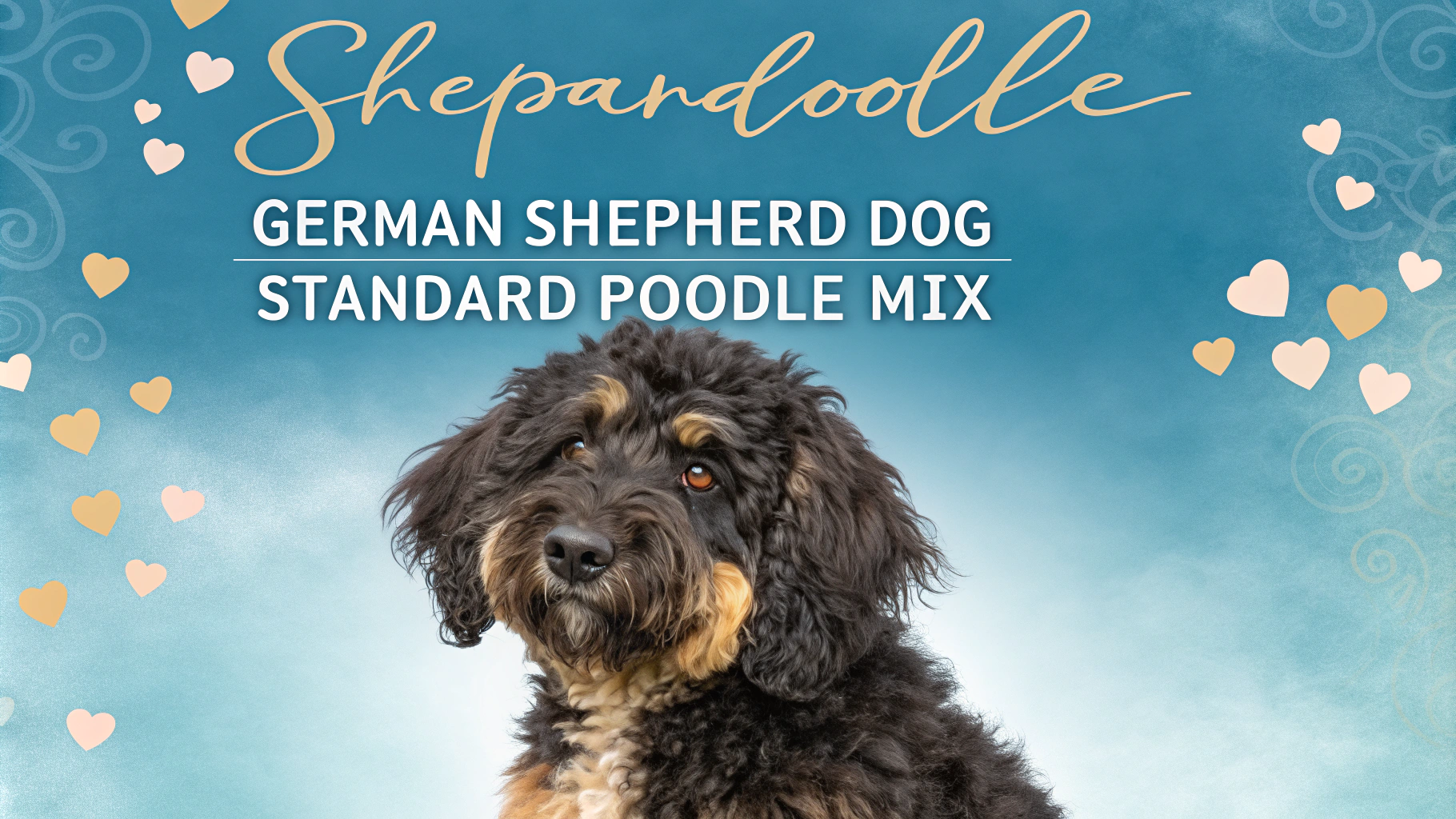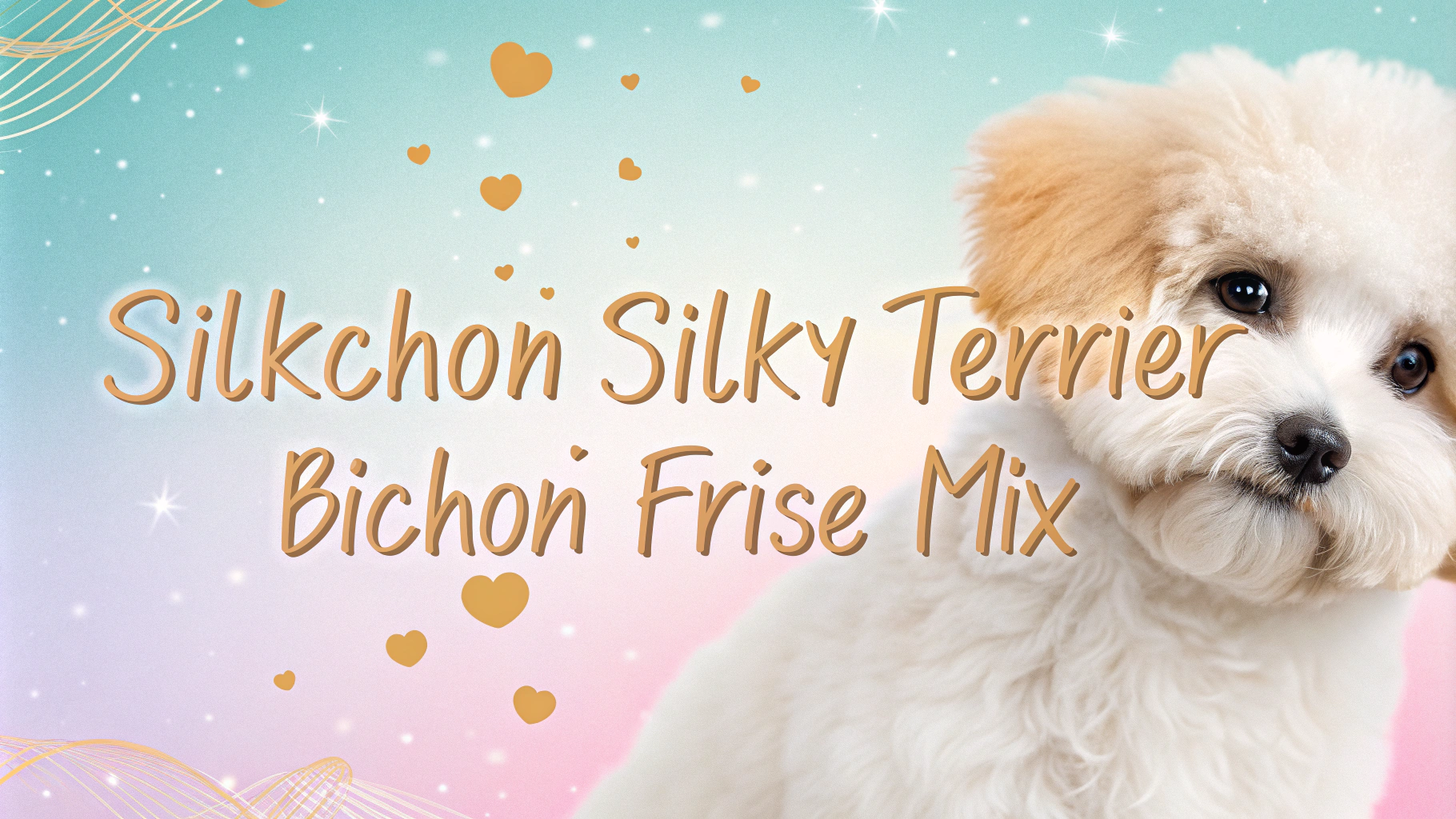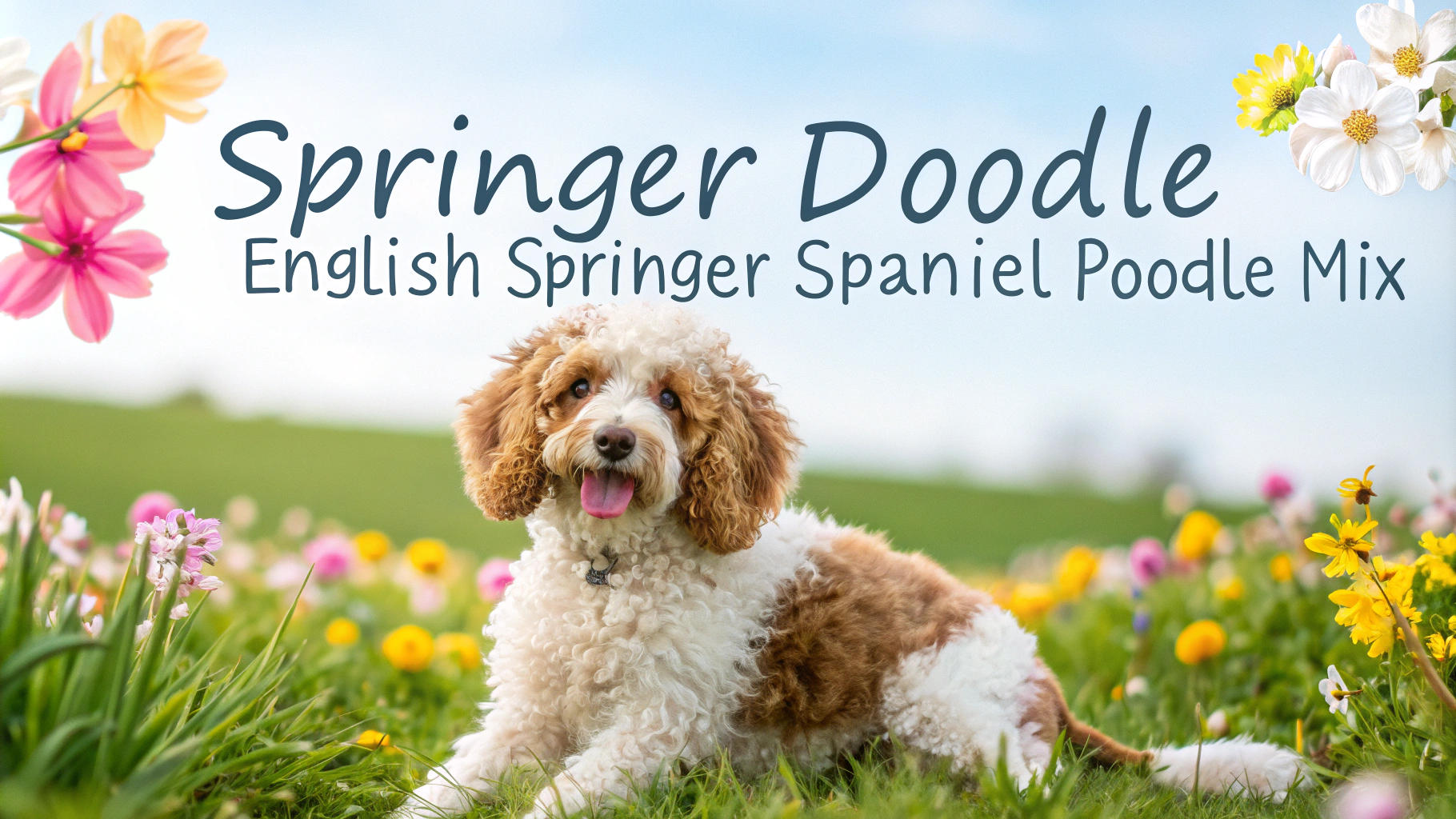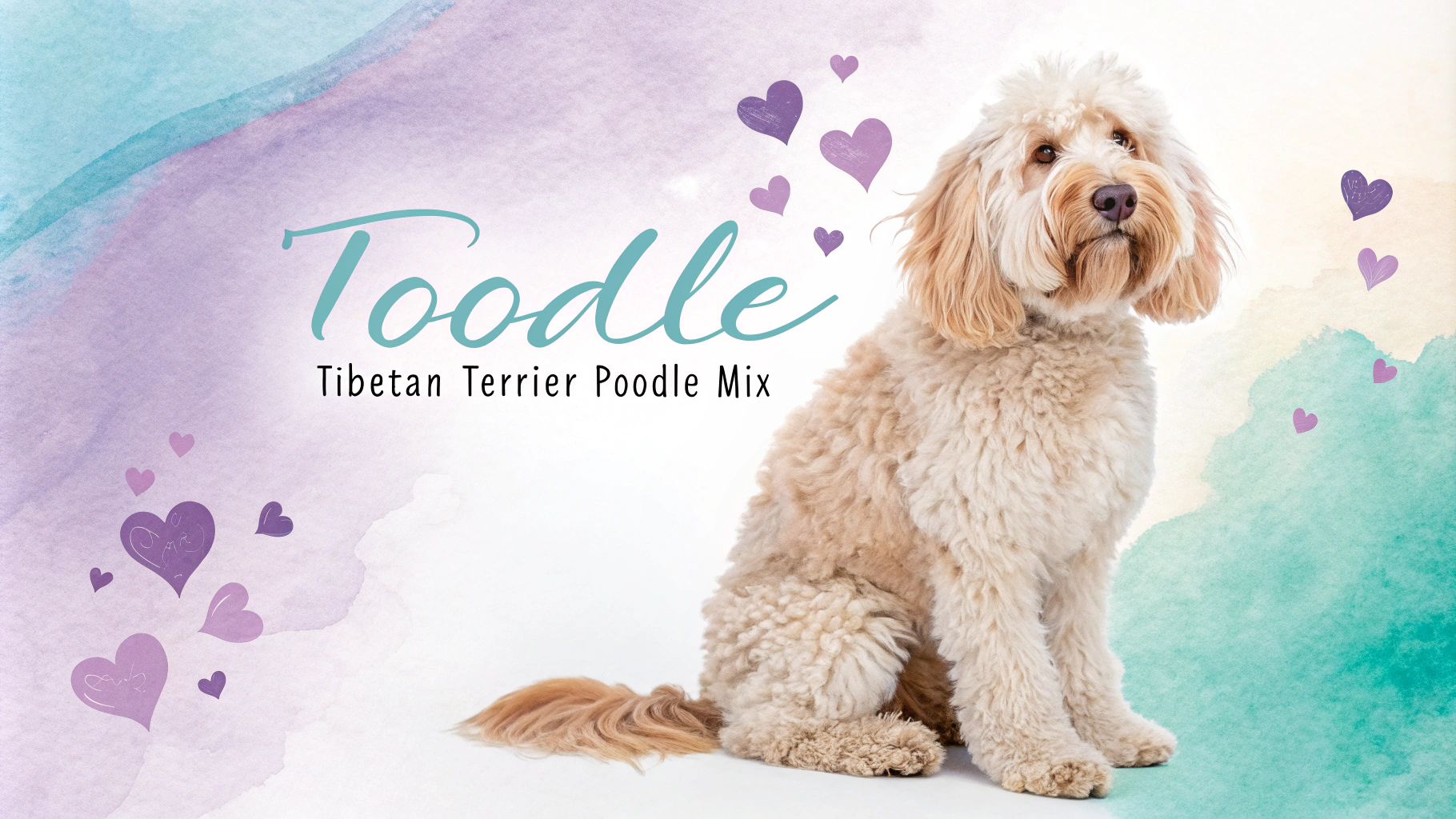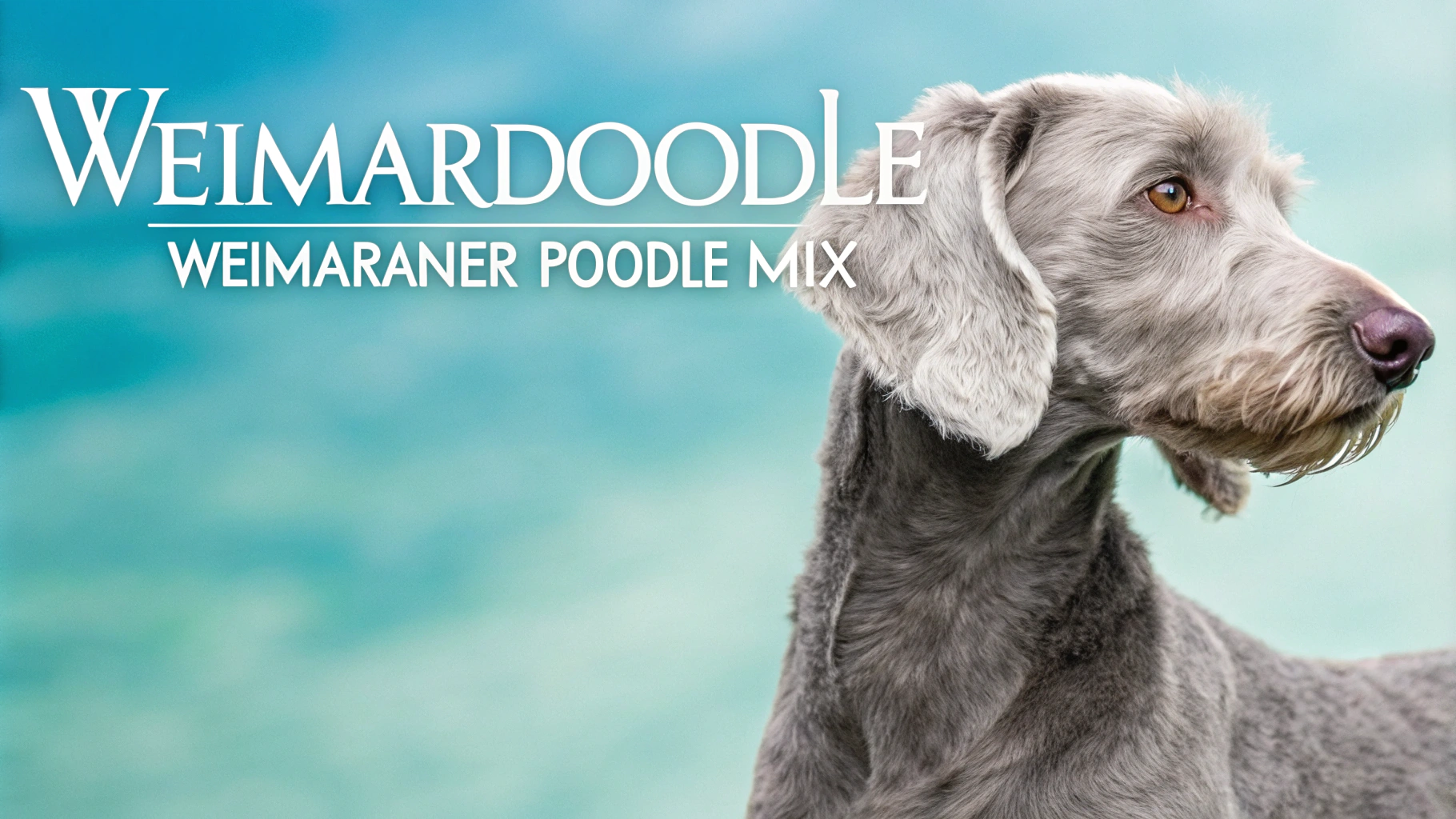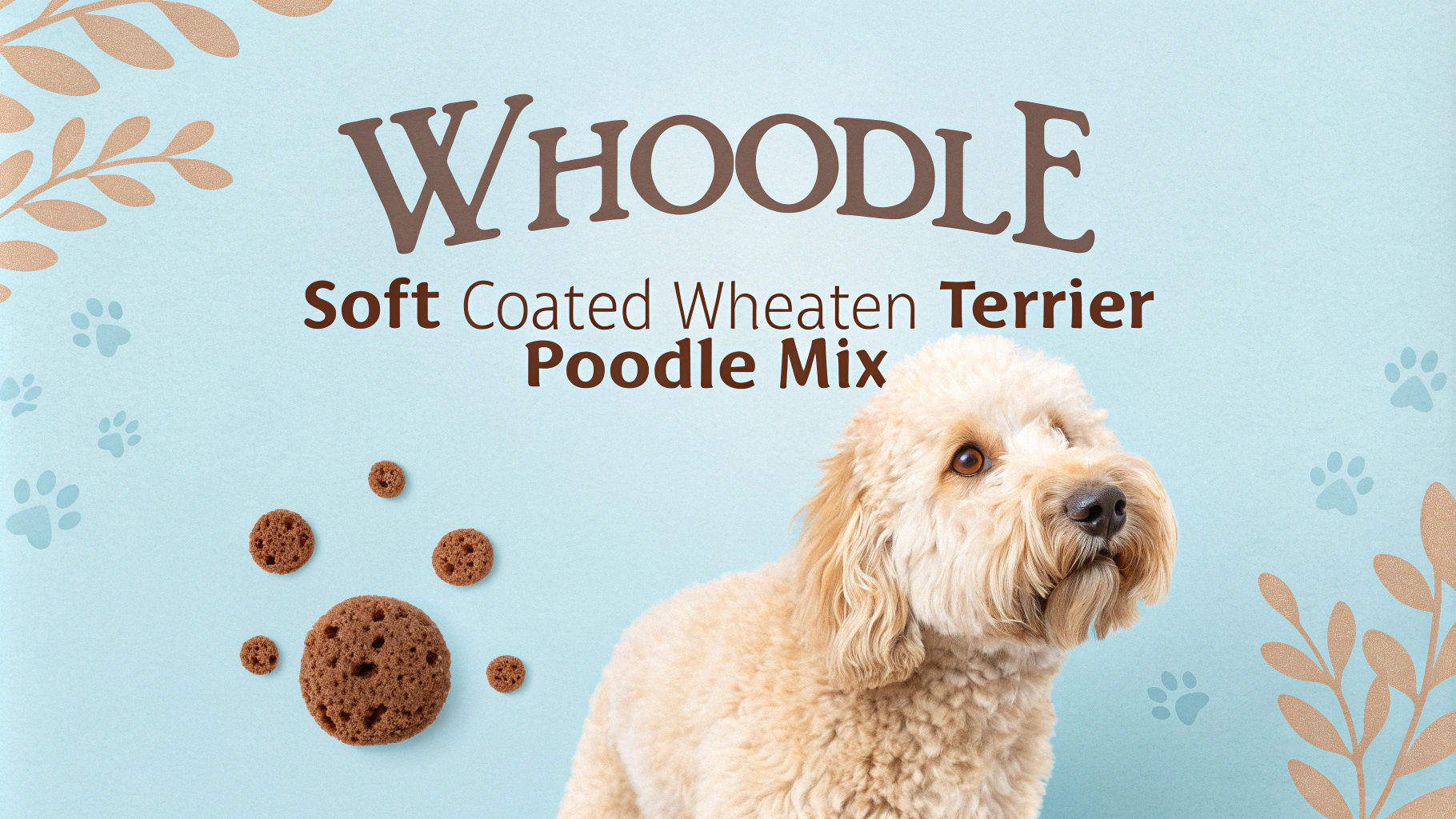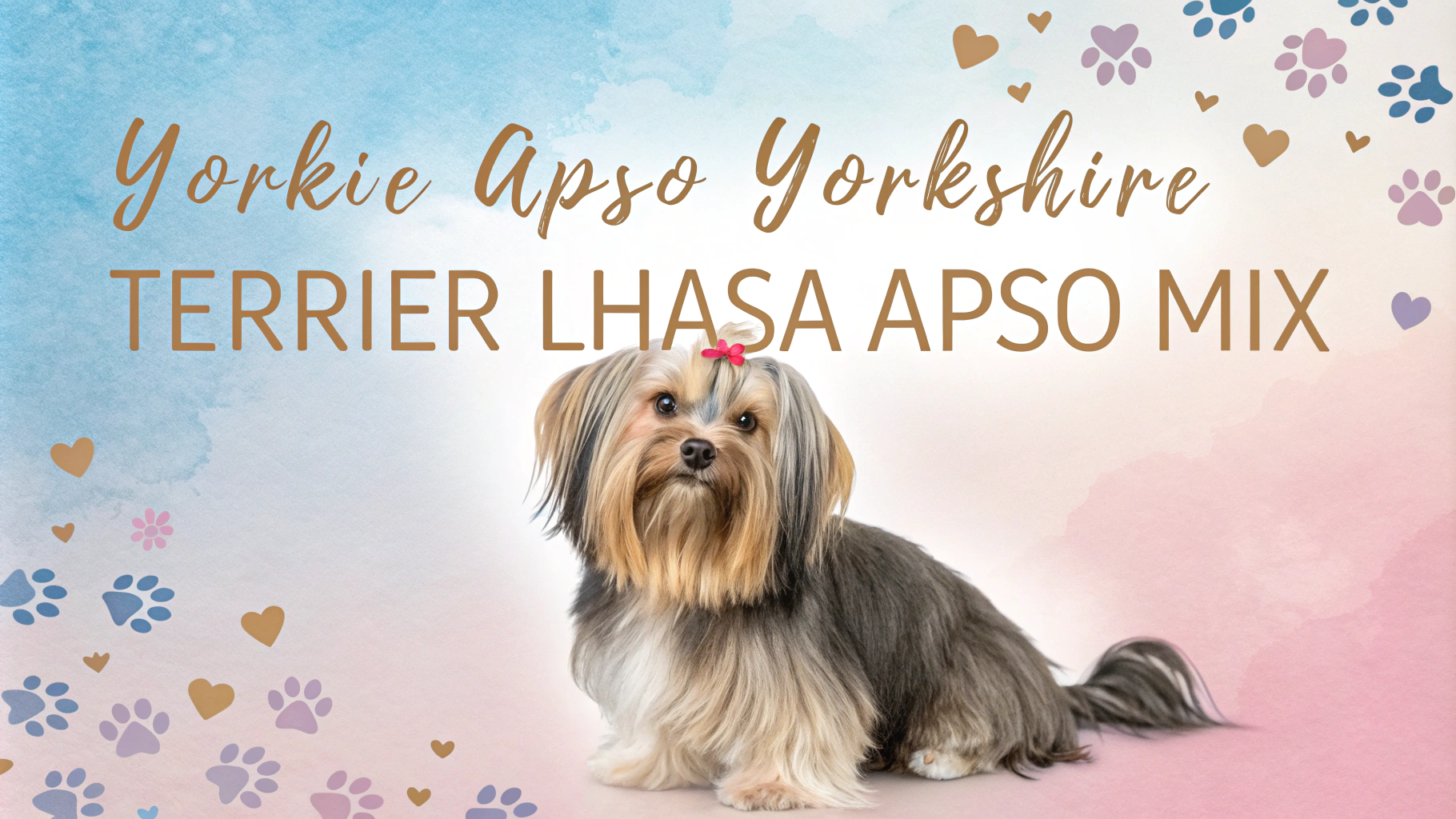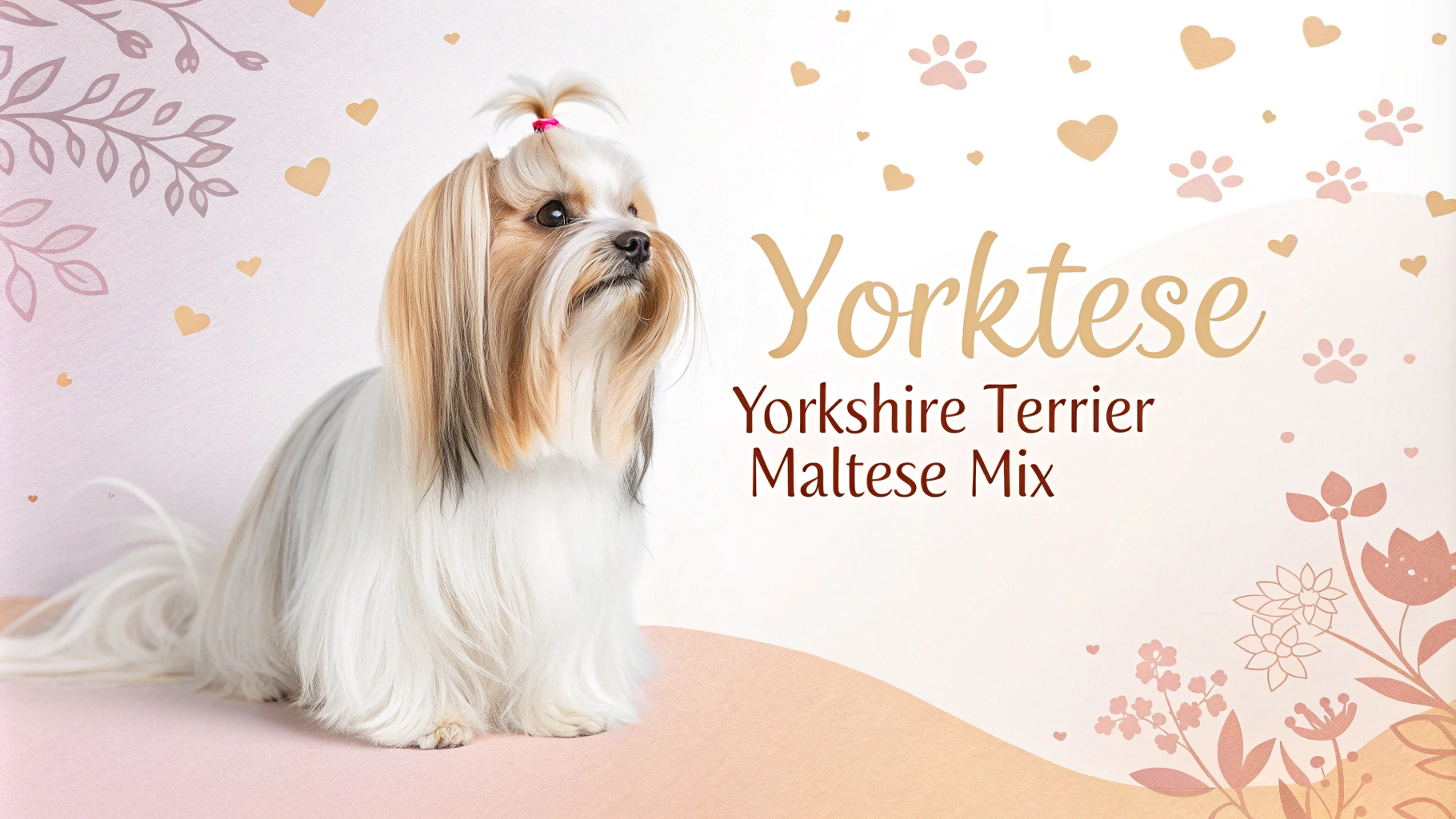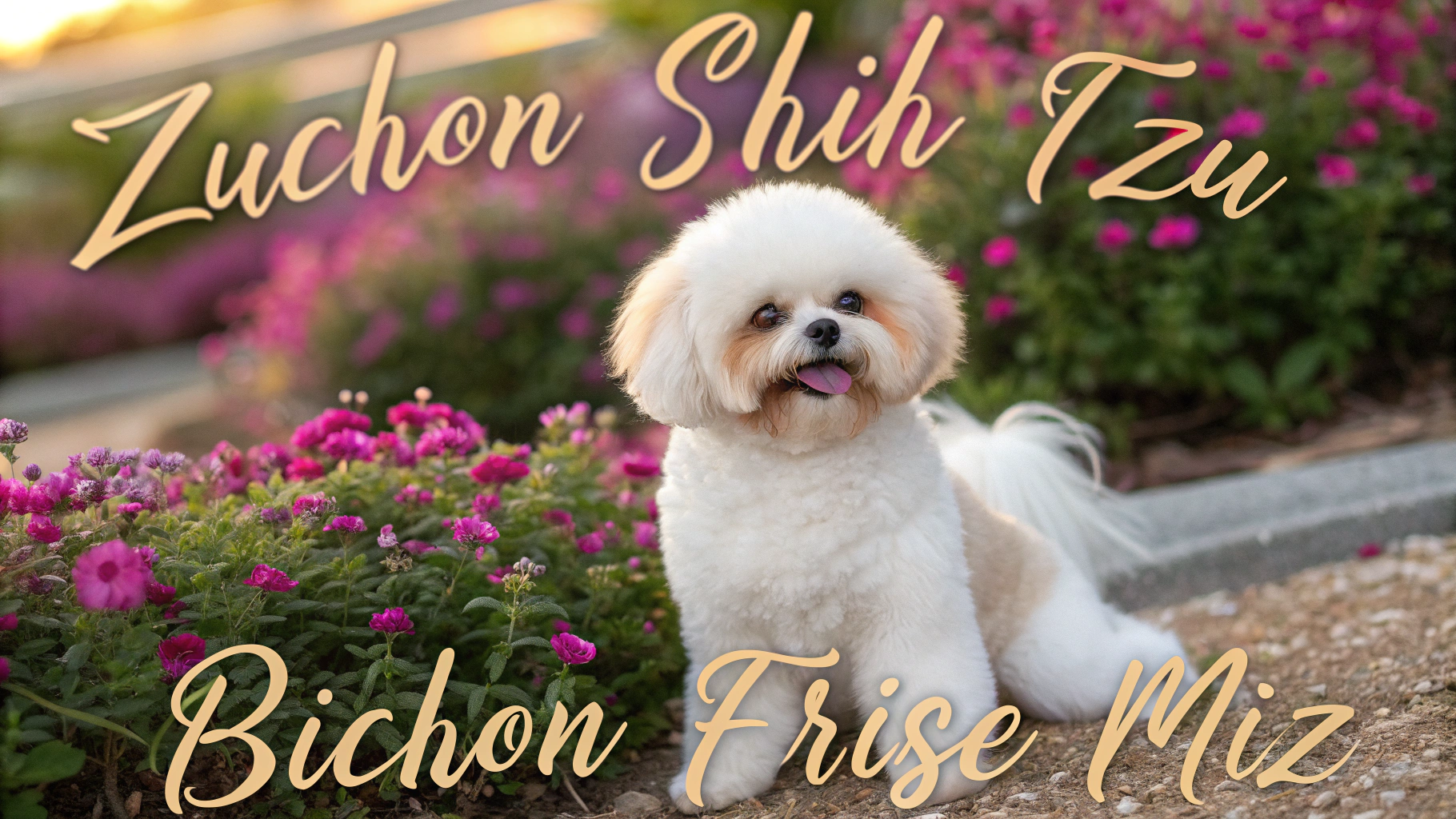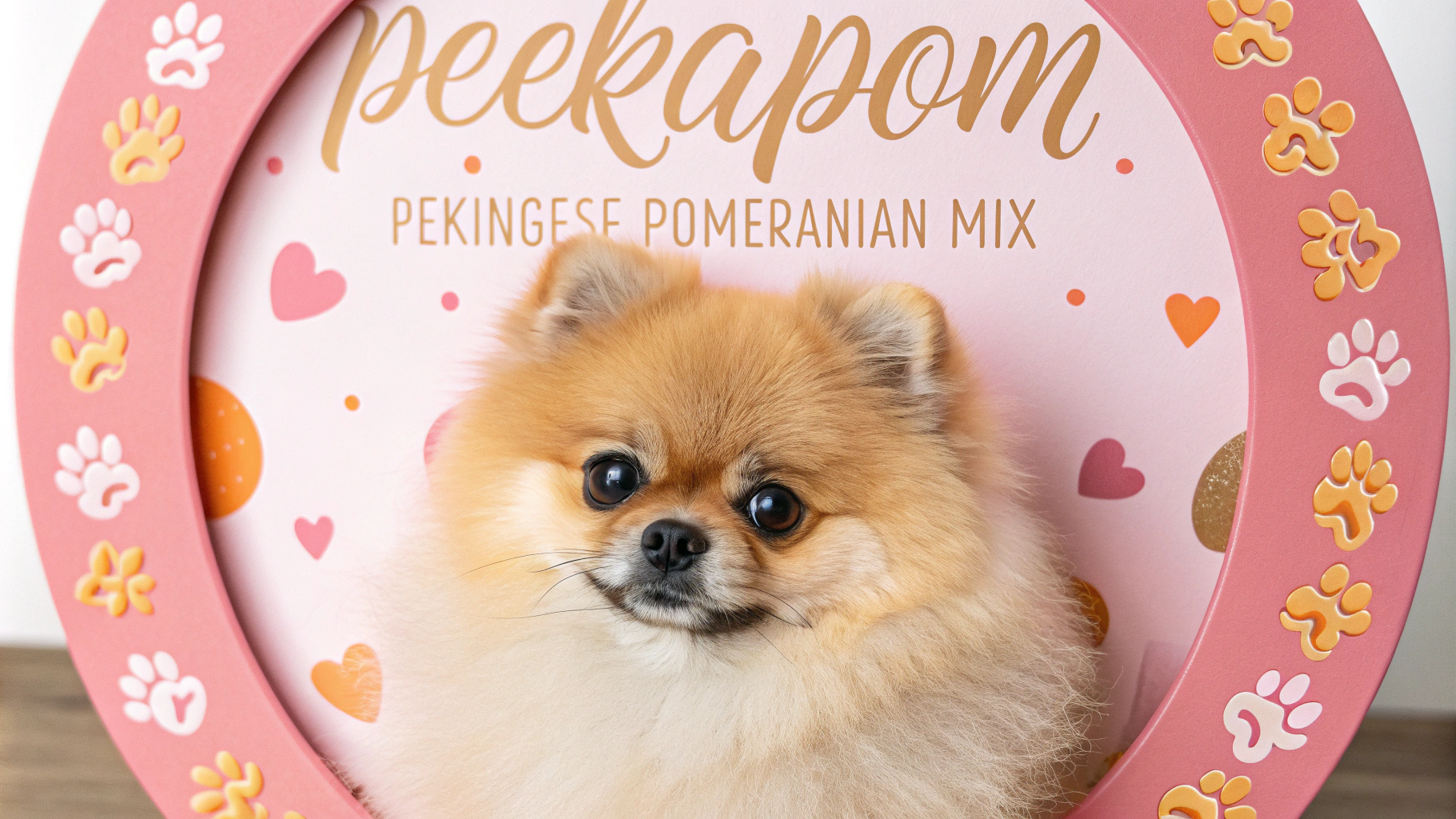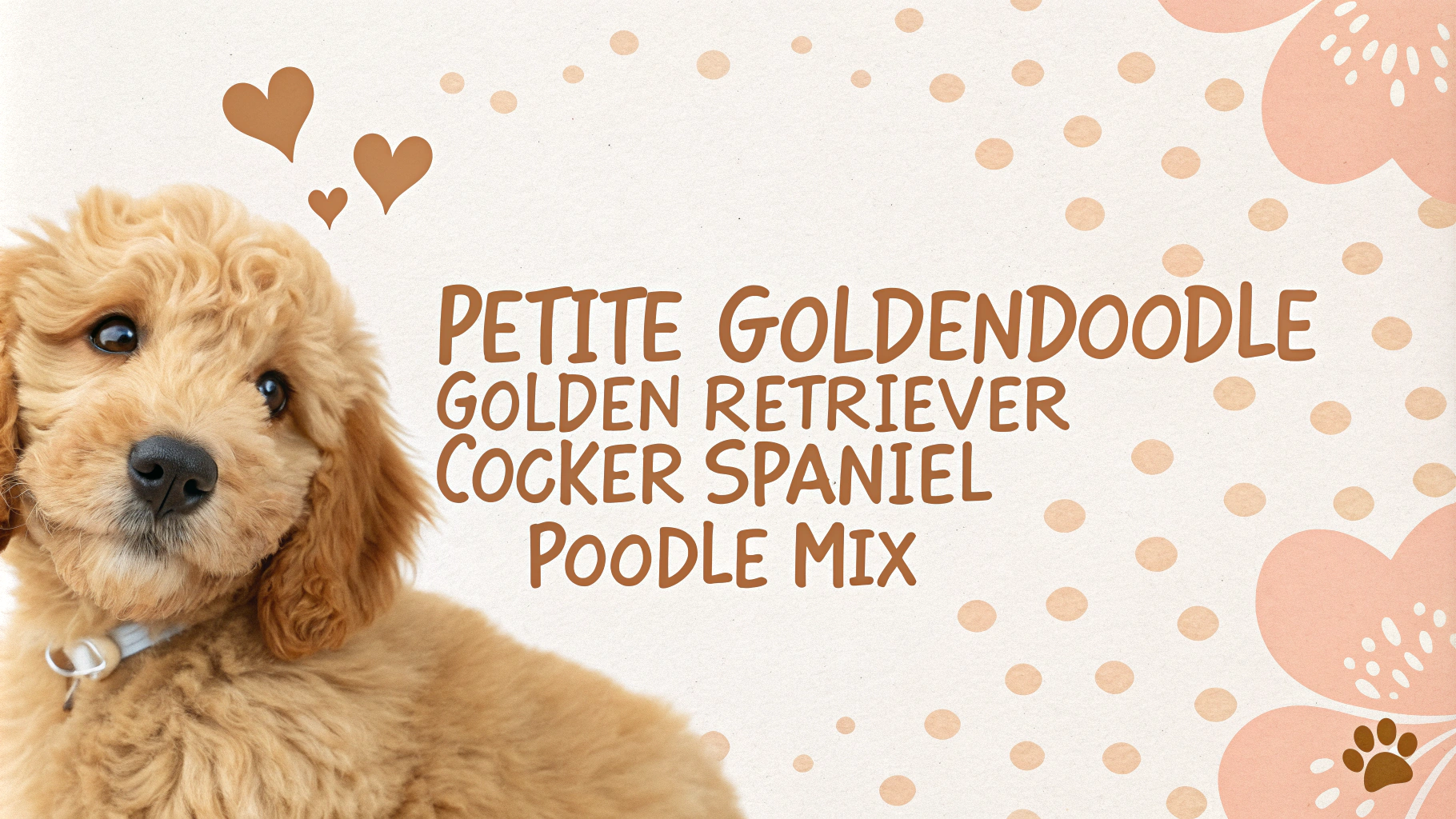The Schipper Poo is a unique designer dog breed that combines the characteristics of the Poodle and the Schipperke. This mix brings together the intelligence and hypoallergenic coat of the Poodle with the alertness and compact size of the Schipperke. Schipper Poos are generally small to medium-sized dogs with a friendly disposition and energetic nature. As with many hybrid breeds, their appearance and temperament can vary depending on which parent breed they take after more.
Key Facts
- Size: Small to medium (10-20 inches tall, 10-30 pounds)
- Lifespan: 12-15 years
- Coat: Dense, may be curly or straight, often low-shedding
- Colors: Black, brown, white, or a combination
- Temperament: Intelligent, alert, energetic, and affectionate
- Good with children: Yes, when properly socialized
- Good with other pets: Generally yes, but early socialization is important
- Exercise needs: Moderate to high
- Trainability: High, thanks to their intelligence and eagerness to please
Character Traits
Schipper Poos inherit a blend of personality traits from their parent breeds. They are typically intelligent, alert, and energetic dogs with a strong desire to please their owners. This mix often results in a dog that is affectionate and loyal to their family, while also being protective and sometimes wary of strangers, a trait more common in Schipperkes. Schipper Poos are usually playful and enjoy interactive games, making them excellent companions for active families. They can be good with children and other pets when properly socialized, but may inherit the Schipperke’s tendency to be assertive or bossy if not trained properly. Their intelligence, derived from both parent breeds, makes them quick learners but also means they require mental stimulation to prevent boredom and potential destructive behaviors.
History & Origins
The Schipper Poo is a relatively new designer dog breed, likely originating within the last few decades as part of the growing trend of creating mixed breeds. While the exact origins are not well-documented, we can look at the history of the parent breeds to understand the background of this mix. Poodles originated in Germany as water retrievers and later became popular in France, known for their intelligence and hypoallergenic coats. Schipperkes, on the other hand, originated in Belgium, where they were bred as small watchdogs and ratters on canal boats. The combination of these two breeds aims to create a small, intelligent, and low-shedding dog with the alertness of a Schipperke and the trainability of a Poodle. As with many designer breeds, the Schipper Poo is not recognized by major kennel clubs but is gaining popularity among dog enthusiasts looking for a unique and adaptable companion.
Health Concerns
The Schipper Poo, as a mixed breed, may inherit health issues from both parent breeds. Common health concerns for Poodles include hip dysplasia, eye problems like progressive retinal atrophy, and Addison’s disease. Schipperkes are generally healthy but can be prone to eye issues, patellar luxation, and hypothyroidism. Regular veterinary check-ups are essential to monitor for these potential issues. It’s important to note that mixed breeds can sometimes have a lower risk of certain genetic disorders due to increased genetic diversity. However, responsible breeding practices and health screenings of parent dogs are crucial for producing healthier offspring.
Exercise Needs
Schipper Poos are typically energetic dogs that require regular exercise to maintain their physical and mental well-being. They benefit from daily walks, playtime, and mental stimulation. Aim for at least 30-60 minutes of exercise per day, which can include:
- Brisk walks or jogs
- Fetch or frisbee games
- Agility training
- Swimming (if they enjoy water like many Poodles)
Interactive toys and puzzle feeders can also help keep their minds engaged. The exact exercise needs may vary depending on the individual dog’s energy level and which parent breed they take after more.
Space Requirements
Schipper Poos are generally adaptable to various living situations due to their small to medium size. They can thrive in apartments or houses, provided they receive adequate exercise and mental stimulation. However, a home with a securely fenced yard is ideal, allowing them to explore and play safely. If living in an apartment, ensure you can provide frequent outdoor excursions to meet their exercise needs. Despite their adaptability, they shouldn’t be left alone for extended periods as they can develop separation anxiety. A comfortable indoor space with toys and a cozy bed is essential for their well-being.
Nutrition & Feeding
A balanced diet is crucial for the health and longevity of a Schipper Poo. High-quality dog food, either commercial or home-prepared (under veterinary supervision), should be provided. The amount and type of food depend on the dog’s:
- Age
- Size
- Activity level
- Metabolism
Generally, two meals a day is recommended for adult Schipper Poos. Puppies may require more frequent feeding. Always ensure fresh water is available. Avoid overfeeding, as both Poodles and Schipperkes can be prone to obesity. Treats should be given in moderation and not exceed 10% of their daily caloric intake. Consult with a veterinarian to determine the best diet plan for your individual Schipper Poo.
Grooming Tips
The Schipper Poo’s grooming needs can vary depending on which parent breed it takes after more. Generally, these mixed breeds have a moderate to high grooming requirement. Regular brushing, at least 2-3 times a week, is essential to prevent matting and tangling of their coat. Use a slicker brush or pin brush to remove loose hair and distribute natural oils throughout the coat. Pay special attention to areas prone to matting, such as behind the ears and under the legs.
Bathing should be done every 4-6 weeks or as needed, using a gentle dog shampoo. Be sure to rinse thoroughly to prevent skin irritation. Regular teeth brushing, at least 2-3 times a week, is important to maintain good dental hygiene. Trim nails every 2-3 weeks or as needed, and clean ears weekly to prevent infections. If the Schipper Poo has a Poodle-like coat, professional grooming every 6-8 weeks may be necessary to maintain the coat’s shape and prevent excessive growth.
Training Approach
Schipper Poos are generally intelligent and eager to please, making them relatively easy to train. However, they can inherit the stubborn streak of the Schipperke, so consistency and patience are key. Positive reinforcement techniques work best with this mixed breed. Use treats, praise, and play as rewards for good behavior and to motivate learning.
Early socialization is crucial to ensure a well-rounded adult dog. Expose your Schipper Poo to various people, animals, and environments from a young age. Obedience training should begin early and focus on basic commands like sit, stay, come, and heel. These dogs often excel in agility and trick training, which can provide mental stimulation and strengthen the bond between dog and owner.
Be prepared for potential barking tendencies, especially if the dog takes after its Schipperke parent. Teach a “quiet” command and provide plenty of mental and physical stimulation to prevent boredom-related barking. Consistency in rules and boundaries is important, as Schipper Poos can be independent thinkers. With patience, positive reinforcement, and regular training sessions, a Schipper Poo can become a well-behaved and obedient companion.
